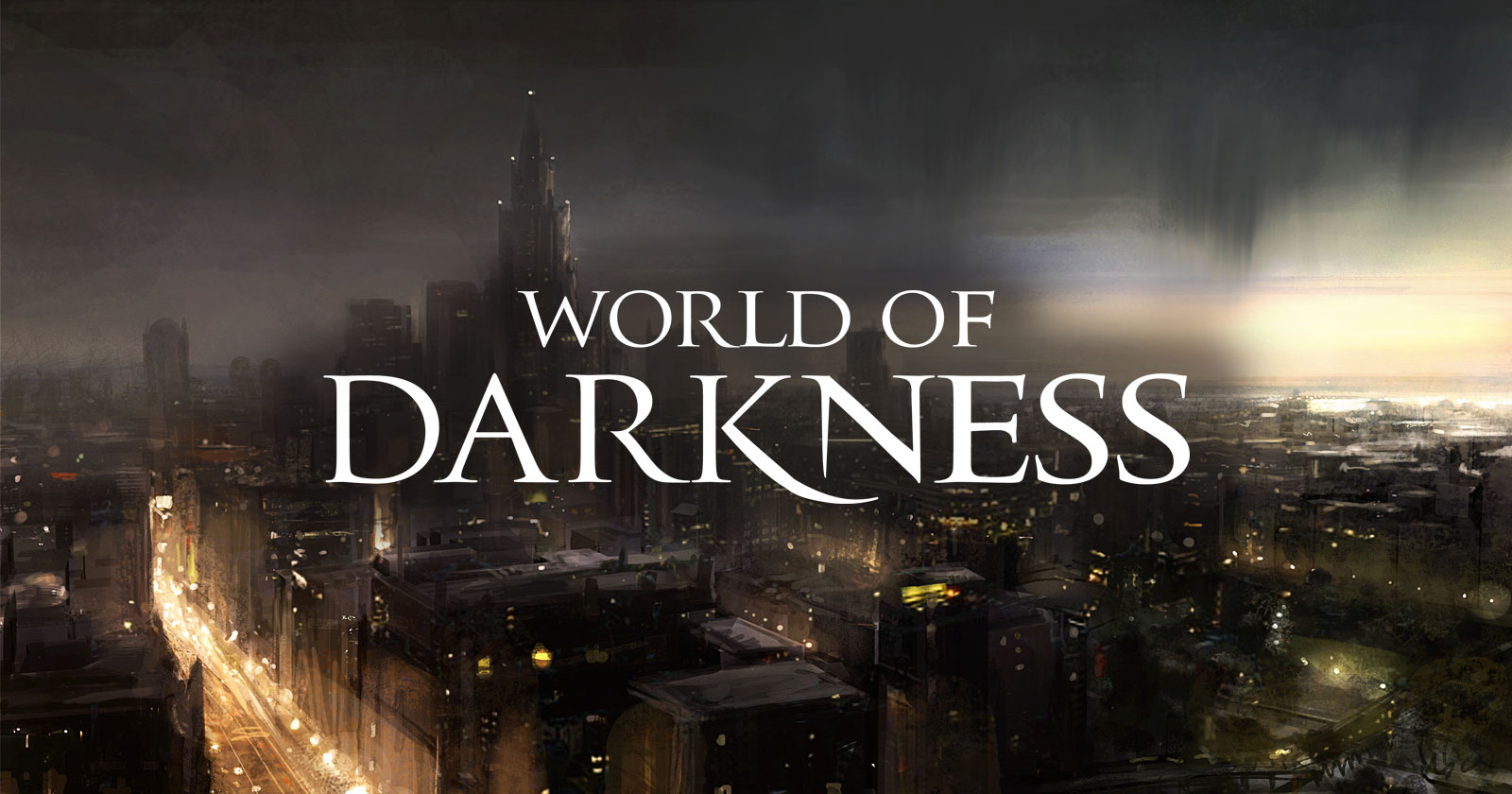Toreador
The Toreador are a clan of vampires known for being some of the most beautiful, sensual, seductive, emotional and glamorous of the Kindred. They are responsible for the legends of vampires who seduce and entice their prey with beauty, love and sensuality. Famous and infamous as a clan of artists and innovators, they are one of the bastions of the Camarilla, as their very survival depends on the facades of civility and grace on which the sect prides itself.
Due to their inherent clan weakness, although lovely and seductive, the members of this clan are as much prisoners of their artistic vision and sensitivity as they are its beneficiaries. They are often overcome by the beauty they see around them and can become immobilized with fascination. Such things as paintings, neon signs, or even sunrises can captivate them. It requires a successful Willpower roll to break the fascination quickly; otherwise, the Toreador will stand, awed and helpless, for minutes or even hours. This trait explains why Toreador so often fall in love with mortals and other vampires. This trait, however, also bans them from ever reaching perfection in their chosen form of art and makes them callous and disregardful once the experience becomes banal, resulting in trails of heart-broken mortals and discarded projects behind every Toreador.
Civilization and Culture
Major Organizations
The Toreador have no formal overarching hierarchy. Ad-hoc gatherings called "affairs of the clan" are called, with no mandatory attendance though most turn out for them. These can range from parties, dinners, art showing, or actual meetings.
The Toreador of a city organise themselves into Guilds. While this has something of an artistic ring to it, most Toreador in the city are members, whether they are Poseurs or Artistes (see below). The head of the Guild is typically the oldest and most influential Toreador within the city, with the other members forming a complicated stratified social system, the rules of which boggle many an outsider.
The clan itself has two divisions. The Artistes consist of the sculptors, the painters, the musicians, and the writers. They consider themselves to be the "real" Toreador as inheritors of the Clan's original values and goals. The Poseurs make up the other faction – they can include the failed artists (or those that happened to be Embraced while their sire was riding a particular fad), as well as the professional critics and those who consider their bodies to be their life's masterpiece. It should be noticed that neither group has a nickname for themselves – they tend to be only flung at the opposing faction as a derisive epithet.
Culture and Cultural Heritage
It is said that while the Ventrue are the mind of the Camarilla, the Toreador are its soul. It was one of their number, Rafael de Corazón, who was instrumental in its formation. The Toreador are the greatest supporters of many of the Camarilla's traditions, most notably that of Elysium. This is where the Toreador are in their element, showcasing their latest pieces and practicing their highly effective (and sometimes deadly) form of social maneuvering. From the outside, most other Clans think of one face of the Toreador, but see another. When speaking of them to another, most envision Toreador as the Artistes – billowy shirted, frock-coated fops who crow about the beauty of the ages and lamenting their lost humanity. In reality, outsiders are less likely to meet such characters, given as they are to sequestering themselves away to work on their latest masterpiece. Far more often encountered are those Toreador whose unlives have become dedicated to the Kindred social scene – Toreador are often a large contingent of the city's Harpies, and having spent years with their bitchy and conniving clanmates they are more than capable of ruining someone's reputation with a pithy comeback or a damning piece of gossip whispered in just the right ear.
The Toreador portray themselves as the vampires closest to the living, breathing pulse of the humans around them (though this honor might be shared with the Brujah). They claim that this is what keeps them so vital and modern. Indeed, Clan members are often the first ones to be aware of what mortals are wearing, eating, buying and sleeping with. While a Malkavian elder might be found in his 1800s finery, the Toreador is much more likely to be wearing something from this year's Paris catwalks. Many Toreador are fond of having mortal "families" or assuming mortal identities, in order to capture the breath of life that is denied to them. The constant pressure that the proximity to mortals can elicit, however, can cause a Toreador to break down, losing all of their creativity and motivation in the process, resulting in a debauched individual that desperately searches for the next kick to experience the feeling of being mortal again, eventually turning to mortal vices like drugs in order to feel just this one aspect. The older a Toreador gets and the more mortal associates he has watches dying, the more likely a "burnout" is to occur. Other vampires have to deal with it, too, but no Clan suffers so uniformly under this aspect of their existence than the Toreador.
Art
Art is the cornerstone of the Clan, defining its Clan curse and shaping the preferences of every Toreador. The Toreador are not artists by choice as much by nature, as each Toreador desperately searches for something that anchors their passion and preserves it from withering from the ages. The desire to preserve art and artists is – more often than not – the impetus for an Embrace. As such, many Toreador struggle when they discover that the talent that originally brought them into the Clan is falling out of favour or that their creativity has suffered under the weight of ages. The relativity of art is one of the major conflict points within the Clan, especially between elders and neonates, who refuse to think of modern developments (like dubstep or Dadaism) as an "art form", while neonates are often frustrated over the conformity of art that the Elders seem to espouse. Common accepted forms of art can be everything within the Clan, as long as it is prestigious (cooking, for example, is not a widely spread form of art among the Clan, mainly due the vampiric inability to actually consume the food). Painting and sculpting are the most iconic, but the Toreador have also a fair share of poets, artisans, dancers, actors, musicians, and even warriors and martial artists. Revenge (also called "justice" by neonates with morals) and intrigue are also considered as art forms and many elder Toreador commit themselves fully to this, having found ways to utterly crush their rivals and driving them to suicide without even lifting a hand.Embraces
As stated before, there are two rough moulds that clan members fall into. Artists make up a large proportion of the clan, which in the modern nights can include computer graphics artists, avant-garde performance artists, and sportsmen alongside the singers, dancers, and writers. The other portion consists of businessmen, critics, and those who are simply beautiful. While the main detractors of the clan, often the Nosferatu and the Brujah complain that Toreador coddle their childer, the truth is a much more brutal one. Toreador sires are notoriously capricious, and while the subject of their Embrace can be the most cutting edge, the most innovative, the most beautiful, the most now, they can easily be terribly passe and embarrassing the following week. The sire then inevitably dumps the new childe as soon as is feasible, leaving the young vampire confused and struggling to make their own way. Such is the nature of the Toreador.History
It is said that the Clan's founder, Arikel was a mortal painter or sculptress in the First City. Famed throughout the lands for her work, after her Embrace she painted a mural on which the past, present and future of Kindred society was depicted. When Caine saw a terrible future for his race, he cursed her with the affliction that affects Toreador today – the art that she loved most dearly would now be her obsession and distraction above all things.
The Toreador had a strong presence in the early minoic cultures of Greece. The Toreador attribute many of the classic tales as distorted versions of actual interference of mortals and Cainites (such as the tale of the Minotaur or the tale of Tantalus and Pelops). Their squabbling, however, weakened the first civilization of Mycenae, as childer drew their sustenance from the population, who in turn became too weak to defend themselves from foreign invaders. After the fall of Mycenae to the Dorians, the Toreador wandered across the Mediterranean, often seeking shelter by the Roman Ventrue or the Carthaginian Brujah.
At first, the Toreador supported both sides in their struggle, but when it became clear that Carthage would lose, many Toreador abandoned the city and joined the Roman forces, bringing with them tales of debauchery and infernalism that propelled the Ventrue to completely raze the city to the ground. The Toreador began to insinuate themselves into the city, often competing with the Ventrue and Malkavians. When Rome's glory began to fade, one of them, the Toreador Mi-ka-il, deserted Rome to follow Constantine into Nova Roma, to construct the Dream that had failed in Rome, much to the shock of many Toreador Elders. Constantinople remained a beacon of Cainite power and glory, until the city was sacked by the Fourth Crusade in 1204 and original Cainite population either had fled or was destroyed.










Comments